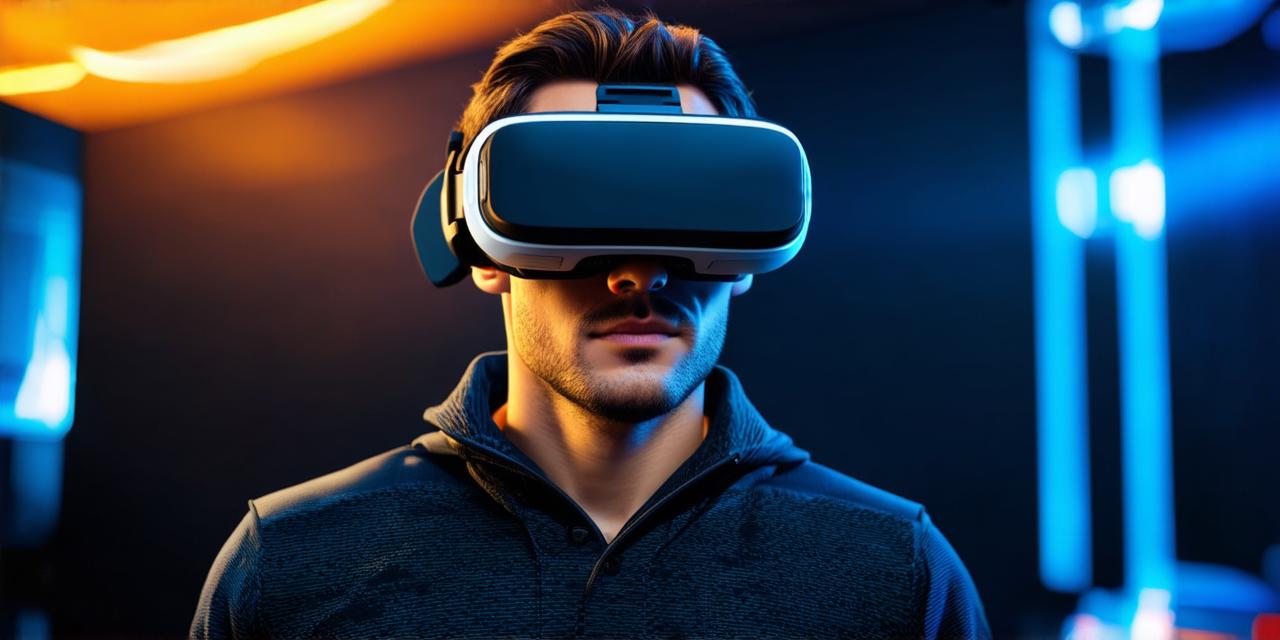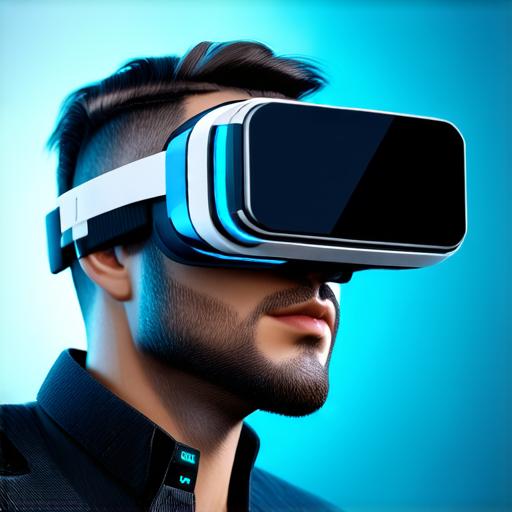
What does a virtual reality headset do?
Virtual reality (VR) technology is rapidly changing the way we interact with digital environments and experience immersive games and content. One of the key components of VR is the headset, which tracks the user’s movements and provides an immersive view of the virtual world.
What is a Virtual Reality Headset?
A VR headset is a device that tracks the user’s movements and provides an immersive view of a virtual environment. It typically consists of a headband, sensors, and displays that create a 360-degree view of the world around the user.
The most common types of VR headsets include the Oculus Quest, HTC Vive, and PlayStation VR.
How does a Virtual Reality Headset Work?
The VR headset works by using sensors to track the user’s movements. These sensors include accelerometers, gyroscopes, and magnetometers, which measure the user’s motion and adjust the virtual environment accordingly.
The headset also has displays that provide a 360-degree view of the virtual world, which is projected onto the screens in front of the user’s eyes.
One of the key advantages of VR headsets is their ability to provide an immersive experience that feels like the user is actually present in the virtual environment. This is achieved through a combination of factors, including the headset’s tracking capabilities, high-resolution displays, and advanced software that simulates the physics of the real world.
Virtual Reality Headset vs. Traditional Gaming
While traditional gaming has its place in the entertainment industry, VR headsets offer a more immersive and interactive experience that can be difficult to replicate with traditional gaming methods.
Unlike traditional gaming, which typically involves sitting in front of a screen and using controllers to interact with the game world, VR headsets allow users to fully immerse themselves in the virtual environment and interact with it using their body movements.
For example, instead of simply pressing buttons on a controller to move a character in a game, a user can physically walk or run in place while wearing a VR headset to move their character through the virtual world.
Real-Life Applications of Virtual Reality Headsets
Virtual reality headsets have a wide range of potential applications beyond just gaming. In fact, VR technology is already being used in fields such as medicine, education, and training.
For example, virtual reality can be used to simulate surgical procedures, allowing doctors to practice their skills in a safe and controlled environment before performing the actual surgery on a patient. This can help reduce the risk of complications and improve patient outcomes.

In education, virtual reality can be used to create immersive learning experiences that allow students to explore historical events or scientific concepts in a way that is not possible with traditional classroom methods. For example, a history teacher could use VR technology to take their students on a virtual tour of ancient Rome, allowing them to experience the sights and sounds of the city as it would have been at the time.
Virtual reality can also be used for training purposes, such as simulating complex machinery operations or emergency response scenarios. This can help workers develop their skills in a safe and controlled environment, reducing the risk of injury and improving overall efficiency.


